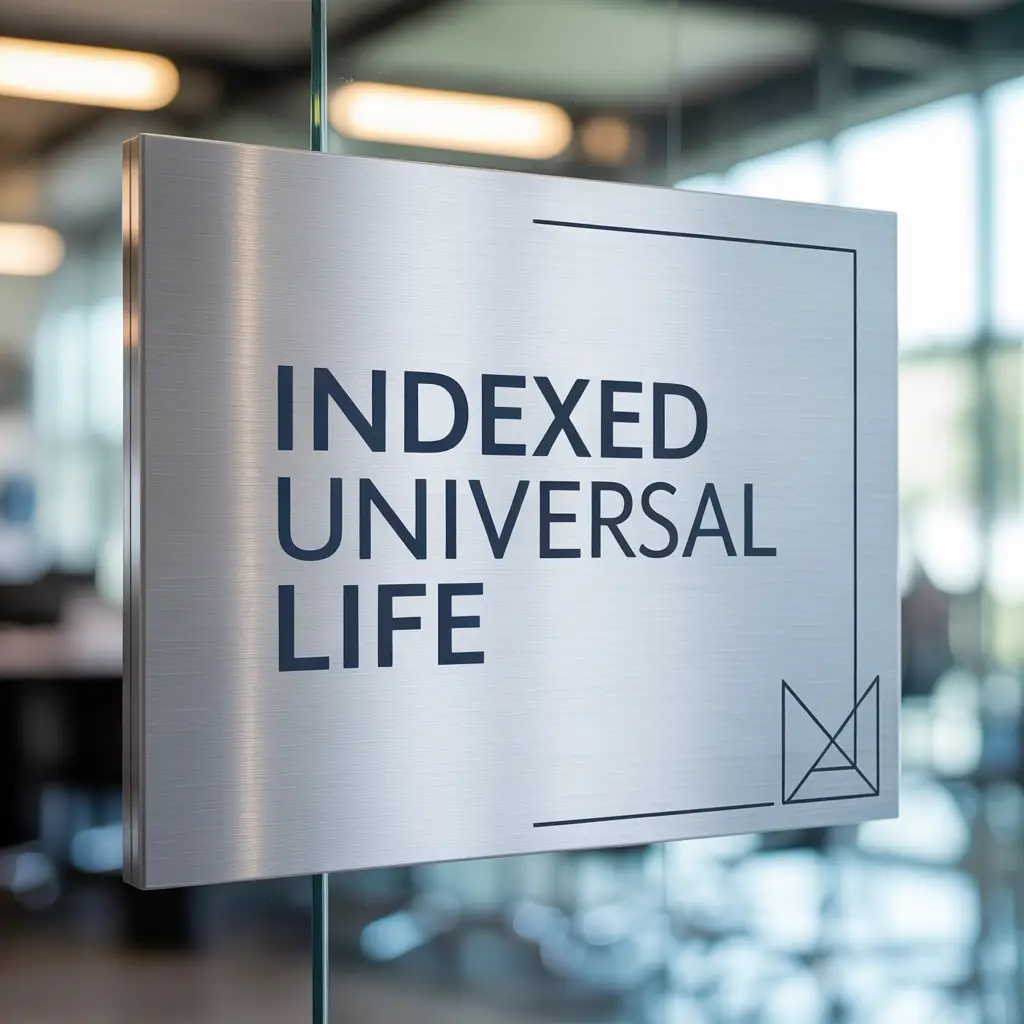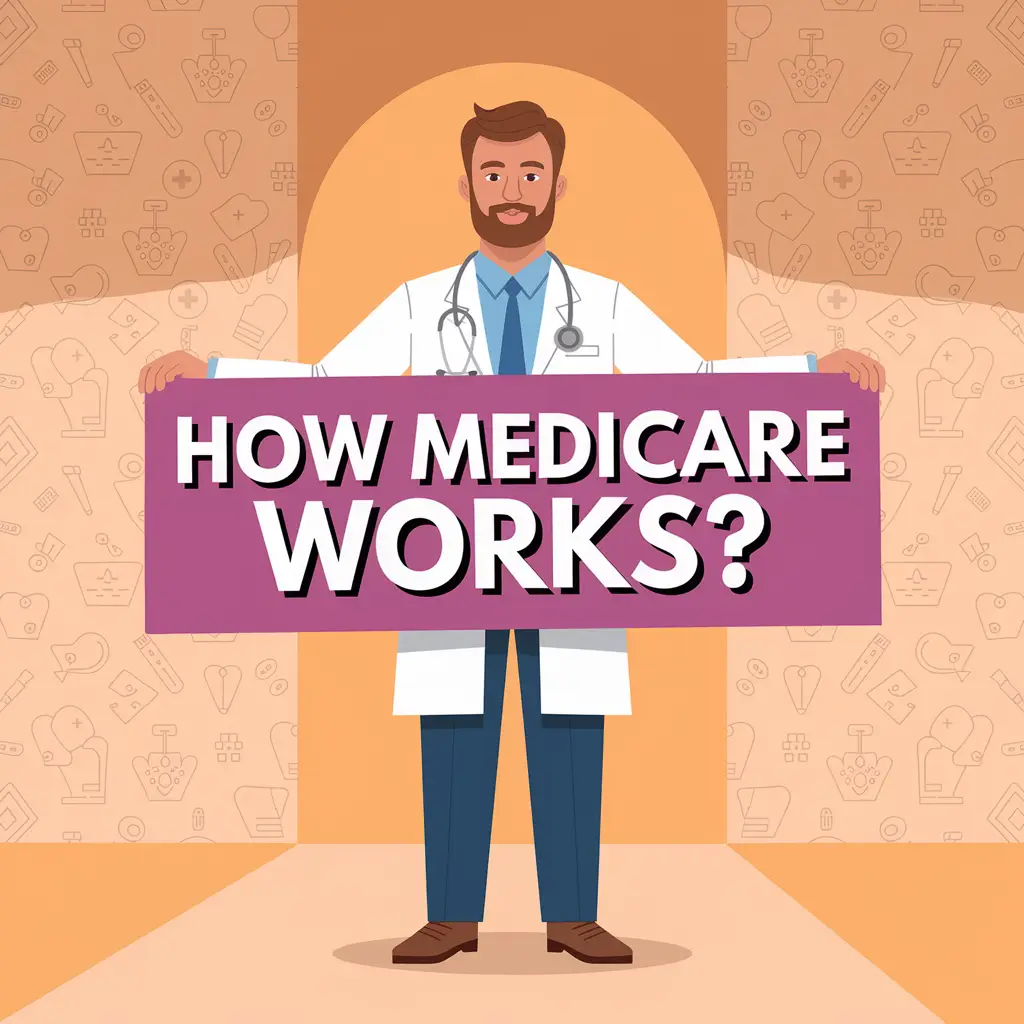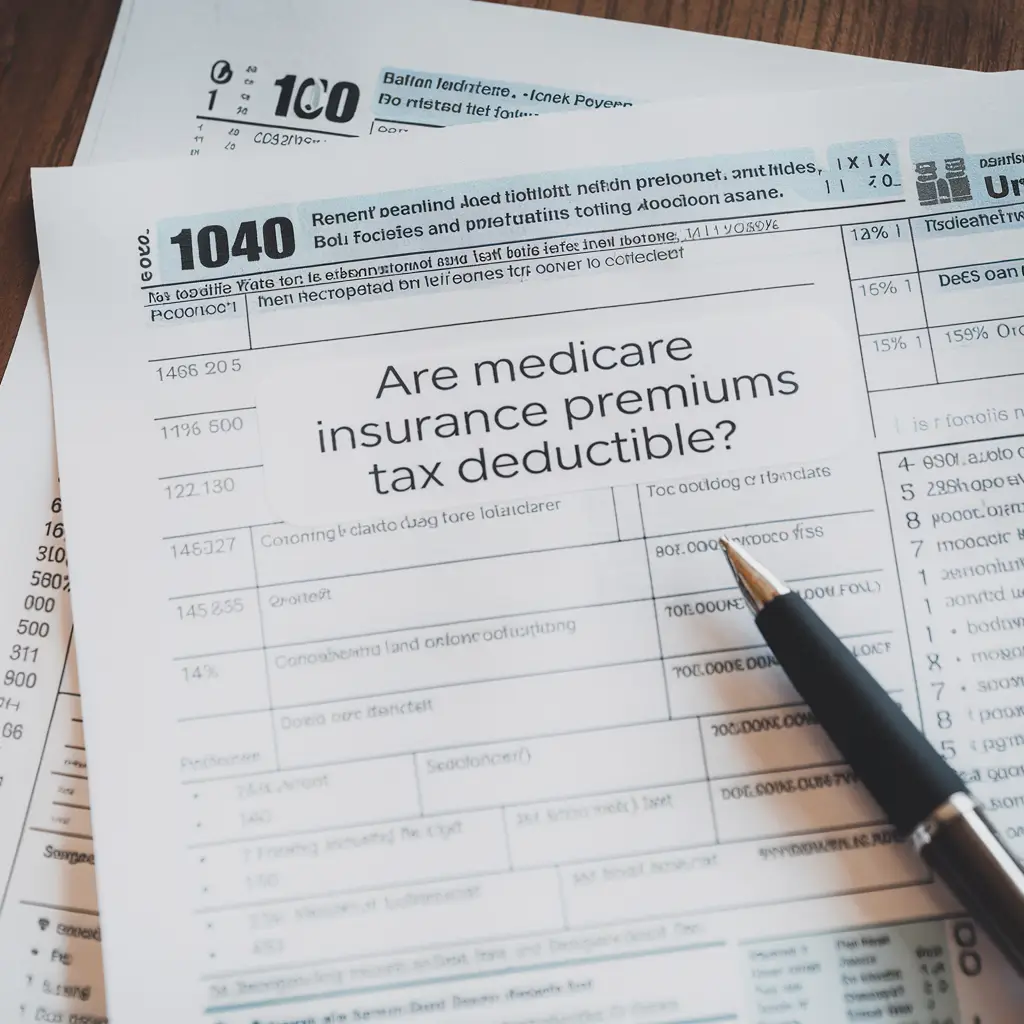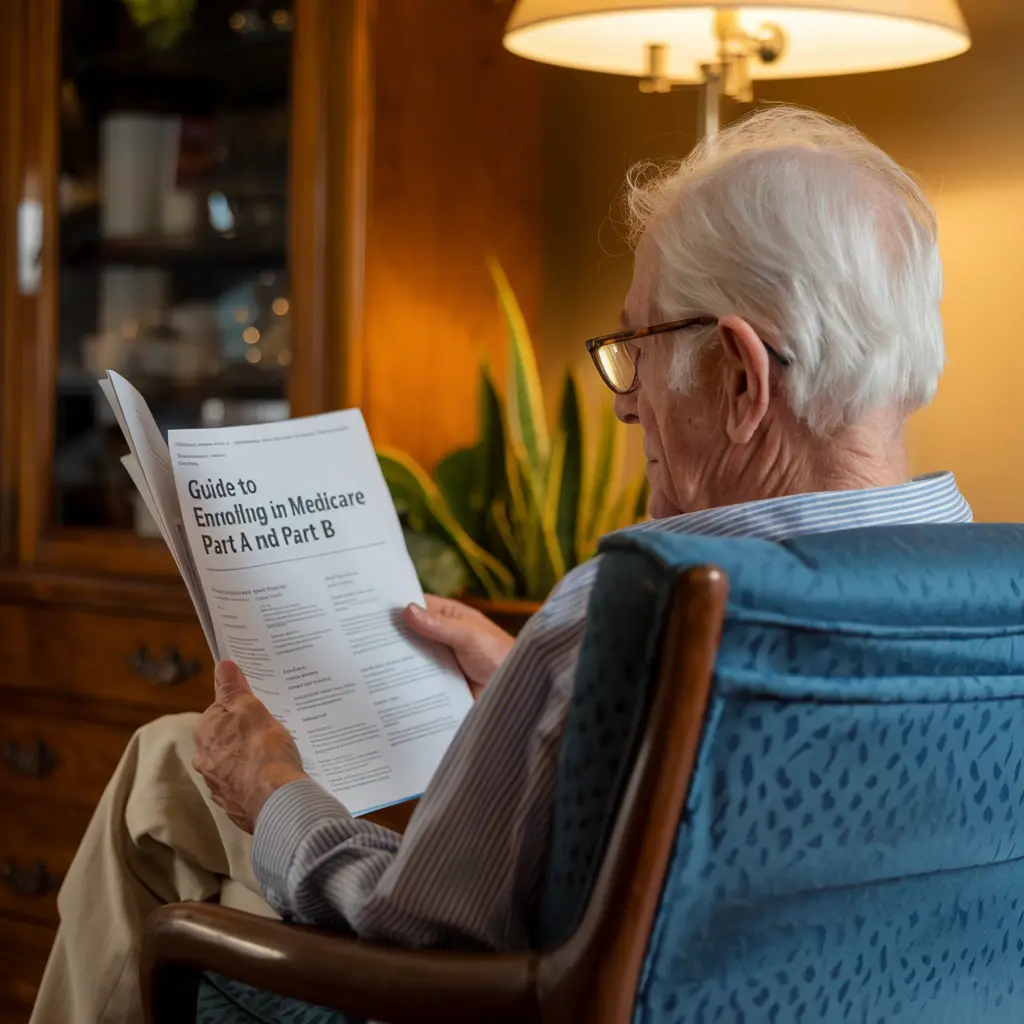Medicare Part D- A Comprehensive Guide to Drug Plans
Understanding Medicare Part D
Medicare Part D is a crucial component of the Medicare program, providing prescription drug coverage for millions of Americans. This article will explore the key aspects of Part D, helping you understand its benefits, costs, and how it works.
The Basics of Medicare Part D
What Does Part D Cover?
Medicare Part D covers a wide range of prescription medications, including:
- Brand-name drugs
- Generic drugs
- Certain vaccines
Who is Eligible for Part D?
Anyone eligible for Medicare Parts A and B can enroll in Part D. This includes:
- Individuals 65 years or older
- Younger people with certain disabilities
- People with End-Stage Renal Disease (ESRD)
How Medicare Part D Works
Enrollment Process
When Can You Enroll?
There are specific enrollment periods for Medicare Part D:
- Initial Enrollment Period (IEP)
- Annual Enrollment Period (AEP)
- Special Enrollment Periods (SEPs)
How to Choose a Part D Plan
When selecting a Part D plan, consider:
- Premiums and deductibles
- Copayments and coinsurance
- Covered medications
- Pharmacy network
Cost Structure
Premium Costs
Part D premiums vary based on:
- The plan you choose
- Your income level
- Late enrollment penalties (if applicable)
Out-of-Pocket Expenses
Understanding your potential out-of-pocket costs is crucial:
- Annual deductible
- Copayments and coinsurance
- Coverage gap (donut hole)
- Catastrophic coverage
Benefits of Medicare Part D
Financial Protection
Part D helps protect you from high prescription drug costs by:
- Limiting out-of-pocket expenses
- Providing catastrophic coverage
Access to Medications
With Part D, you gain:
- Access to a wide range of prescription drugs
- Negotiated prices for medications
Potential Drawbacks and Considerations
Coverage Limitations
Be aware of:
- Formulary restrictions
- Prior authorization requirements
- Step therapy programs
Costs Over Time
Consider:
- Annual changes in premiums and copayments
- Potential for increased costs as you age
How to Maximize Your Part D Benefits
Tips for Optimal Coverage
- Review your plan annually
- Consider using generic drugs when possible
- Explore pharmacy options within your network
- Stay informed about changes to your plan’s formulary
Conclusion
Medicare Perscription Drug plans play a vital role in helping beneficiaries access and afford necessary prescription medications. By understanding its features, costs, and benefits, you can make informed decisions about your healthcare coverage and ensure you’re getting the most out of your Medicare benefits.
What is the difference between Medicare Parts A, B, C & D










